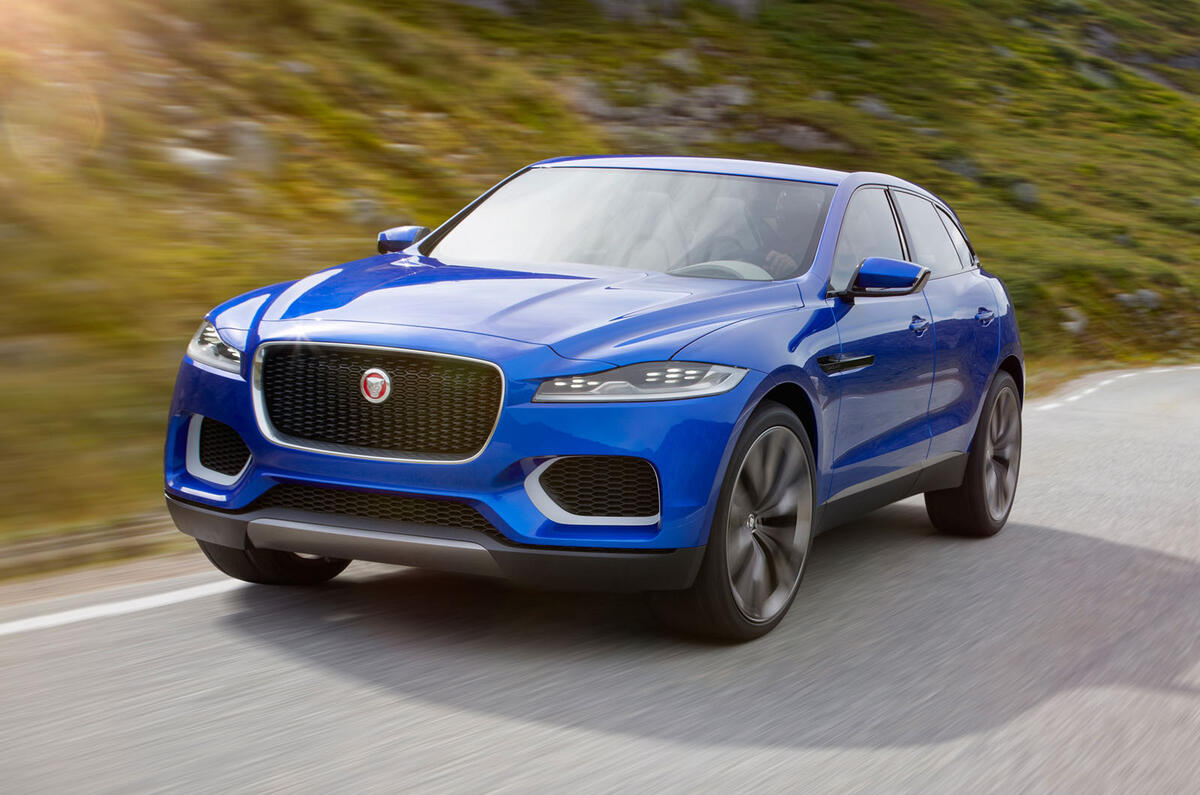Jaguar Land Rover will step up its development of ultra-low-emission technologies by doubling the size of its engineering and design centre in Whitley, Coventry, a move which paves the way for all-electric versions of its models to launch.
The Whitley site is the base for advanced powertrain engineering, advanced engineering teams for both Jaguar and Land Rover brands, the Jaguar design and advanced design departments, and the firm’s global headquarters.
The site will grow from 55 to 110 acres, the expansion being equivalent to around 30 football pitches. JLR says the expansion is down to a ramp-up in development of “ultra-low-emission technologies”. However, the expanded site will not result in 4000 new jobs, as reported by the Coventry Telegraph previously.
The firm is understood to be doing extensive R&D working on future electric and hybrid drivetrains, with the first models expected to be all-electric versions of the Jaguar XE saloon and F-Pace crossover with ranges of around 300 miles, according to well-placed industry sources.
JLR has experience with electric transmissions through its development of the cancelled CX-75 supercar project, which was engineered in conjunction with Williams Advanced Engineering in Oxfordshire. The two companies' ongoing collaboration includes the building of the C-X75 supercars that will be used in the filming of the new James Bond movie, Spectre.
There are two reasons for the move to a pure electric powertrain, the most important of which is new Zero Emission Vehicle legislation introduced to California and adopted by another seven US states.
These laws demand that, between 2018 and 2025, the number of new ZEVs sold rises from 5% of all new cars to 15.4%.
Secondly, analysts expect rising demand for electric luxury vehicles as more global cities start to introduce ‘zero emission zones’ of the type proposed for central London. Tesla has also proved that there is a rising global market for an upmarket all-electric vehicle.
With SUVs and crossovers dominating the US new-car market, and Tesla’s long-awaited Model X SUV on the way, an electric F-Pace makes good sense.
It seems there’s also a good chance that Range Rover will offer an all-electric SUV using the same technology as the Jaguar's. Last year Autocar revealed that Land Rover design boss Gerry McGovern was considering a new line of Range Rover models that could be “incredibly luxurious and low-slung”.





Join the debate
Add your comment
Hybrids yes, all-Electric no.
Hybrids with a relatrively small engine which helps to recharge the electric motor make much more sense to me as they share many of the benefits of electric power without that key disadvantage.
However, the article highlights the likely need for JLR to do something given new legislation in the States. Funny how a country which simply refused to move with the times has suddenly taken off over this issue.
Personally I would prefer a conventionally powered car, but as the BMW i8 has shown, the future will probably hold some serioues and possibly even permanent changes in how cars are powered. But not yet...
Positive news
Hurrah!